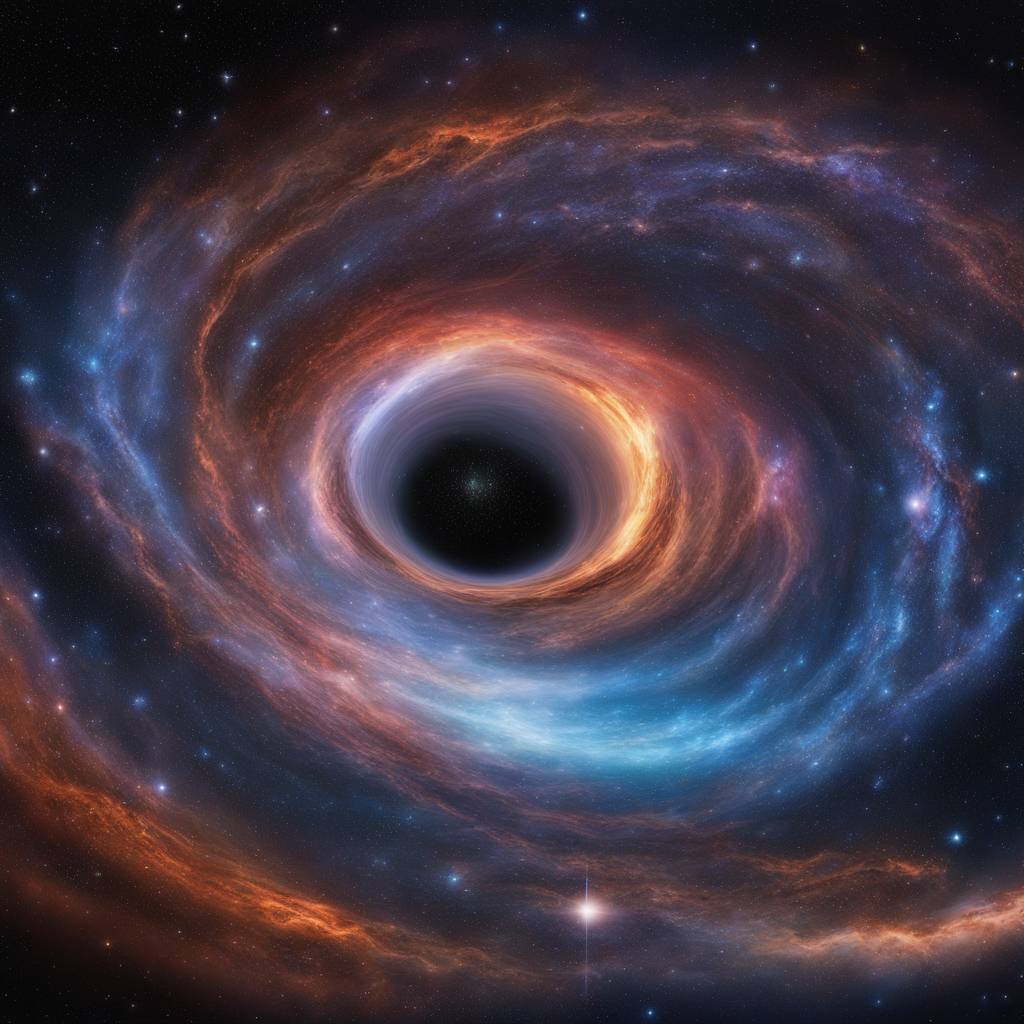A new image from the Event Horizon Telescope (EHT) collaboration has revealed strong and organized magnetic fields spiraling from the supermassive black hole Sagittarius A* (Sgr A*) located at the center of the Milky Way Galaxy. This new discovery, seen in polarized light for the first time, suggests that strong magnetic fields may be common to all black holes, as the magnetic field structure of Sgr A* closely resembles that of the black hole at the center of the M87 galaxy. The similarities between the two black holes hint towards the presence of a hidden jet in Sgr A* as well. The results of this study were recently published in The Astrophysical Journal Letters.
The first image of Sgr A* was unveiled in 2022, revealing that while it is much smaller and less massive than the black hole in M87, the two share a striking resemblance. To further investigate common traits between the two black holes, scientists decided to study Sgr A* in polarized light. Previous studies of M87* had shown that the magnetic fields surrounding the black hole allowed it to launch powerful jets of material. The new images of Sgr A* suggest that it may have similar capabilities due to the presence of strong magnetic fields near the black hole.
Polarized light allows astronomers to directly infer the structure and strength of the magnetic fields around black holes by observing the polarization pattern of light emitted from the surrounding gas and matter. This provides valuable insight into the interactions between black holes and their surroundings. However, capturing images of black holes in polarized light is challenging, especially for Sgr A*, which is constantly changing. Despite these challenges, the EHT team was able to create a polarized image of Sgr A*, shedding light on the dynamics of the magnetic fields around the black hole.
The similarities between the magnetic fields around Sgr A* and M87* suggest that this structure may be common to all black holes, providing new insights into how black holes interact with their environments. Scientists are excited to have images of both supermassive black holes in polarized light as this data allows for comparisons between black holes of different sizes and masses. The EHT team plans to continue observing Sgr A* in the future, with the goal of producing high-fidelity movies of the black hole and revealing additional secrets of black holes.
The EHT has conducted observations since 2017 and plans to continue observing Sgr A* in April 2024 with improved images as new telescopes are incorporated into the array. The upcoming expansions for the next decade will enable high-fidelity movies of Sgr A* and may reveal a hidden jet, providing astronomers with new insights into black hole behavior. Additionally, extending the EHT into space will offer even sharper images of black holes, enabling the detection and imaging of the “photon ring” around black holes.
The CfA is leading initiatives to enhance the EHT over the next decade, including the next-generation EHT project and the Black Hole Explorer (BHEX) mission concept. These projects aim to bring new radio dishes online, enable real-time movies of supermassive black holes, and extend the EHT into space to produce the sharpest images in astronomy history. The data from these projects will provide valuable information about the structure, dynamics, and interactions of black holes, shedding light on the mysteries of these enigmatic cosmic objects.













